
La Ceiba: The Vibrant Gateway to Honduras' Natural Wonders
Discover La Ceiba, Honduras: the vibrant eco-tourism capital, offering lush rainforests, pristine beaches, thrilling adventures, and a rich cultural tapestry.
Nestled on the northern coast of Honduras, La Ceiba is a tropical gem that serves as a vibrant gateway to some of the country's most stunning natural wonders. Known as the 'Eco-Tourism Capital of Honduras,' La Ceiba is a lively city teeming with lush landscapes, exotic wildlife, and pristine beaches. Whether you're an adventure seeker, a nature lover, or a beach bum, La Ceiba has something to offer. One of the city's main attractions is the Pico Bonito National Park, a vast expanse of rainforest teeming with diverse flora and fauna. Here, visitors can hike through dense jungles, swim in crystal clear rivers, and even spot elusive jaguars. For those who prefer water adventures, the Cangrejal River provides world-class white-water rafting opportunities, complete with breathtaking views of the surrounding mountains. La Ceiba is also a cultural hotspot, hosting the largest carnival in Central America each May. The city comes alive with colorful parades, traditional music, and local cuisine that will tantalize your taste buds. The bustling central market offers a glimpse into daily life, where you can shop for handmade crafts, fresh produce, and delicious street food. With its blend of natural beauty and vibrant culture, La Ceiba promises an unforgettable experience for every traveler.
Local tips in La Ceiba
- Visit during May to experience La Ceiba's famous carnival, the largest in Central America.
- For a unique adventure, try white-water rafting on the Cangrejal River.
- Spend a day exploring Pico Bonito National Park for breathtaking hikes and wildlife spotting.
- Head to the central market to enjoy local cuisine and shop for handmade crafts.
- Consider staying in an eco-lodge to fully immerse yourself in the natural beauty of the area.
La Ceiba: The Vibrant Gateway to Honduras' Natural Wonders
Nestled on the northern coast of Honduras, La Ceiba is a tropical gem that serves as a vibrant gateway to some of the country's most stunning natural wonders. Known as the 'Eco-Tourism Capital of Honduras,' La Ceiba is a lively city teeming with lush landscapes, exotic wildlife, and pristine beaches. Whether you're an adventure seeker, a nature lover, or a beach bum, La Ceiba has something to offer. One of the city's main attractions is the Pico Bonito National Park, a vast expanse of rainforest teeming with diverse flora and fauna. Here, visitors can hike through dense jungles, swim in crystal clear rivers, and even spot elusive jaguars. For those who prefer water adventures, the Cangrejal River provides world-class white-water rafting opportunities, complete with breathtaking views of the surrounding mountains. La Ceiba is also a cultural hotspot, hosting the largest carnival in Central America each May. The city comes alive with colorful parades, traditional music, and local cuisine that will tantalize your taste buds. The bustling central market offers a glimpse into daily life, where you can shop for handmade crafts, fresh produce, and delicious street food. With its blend of natural beauty and vibrant culture, La Ceiba promises an unforgettable experience for every traveler.
When is the best time to go to La Ceiba?
Iconic landmarks you can’t miss
Muelle Turistico Reynaldo Canales
Discover the vibrant charm of Muelle Turistico Reynaldo Canales, a coastal gem in La Ceiba, Honduras, perfect for unforgettable experiences and delicious seafood.
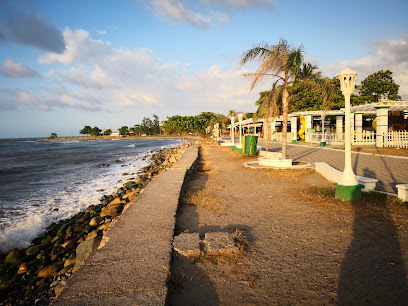
UNIPLAZA
Explore UNIPLAZA in La Ceiba for an unforgettable shopping experience featuring local and international brands, dining, and entertainment.
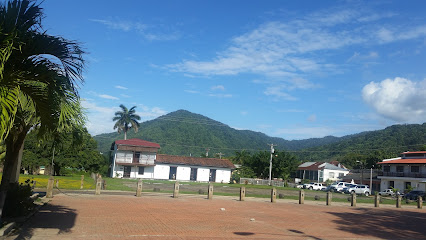
Avelar's Coffee
Experience the rich flavors of Honduran coffee at Avelar's Coffee in La Ceiba, a charming haven for coffee lovers and travelers alike.
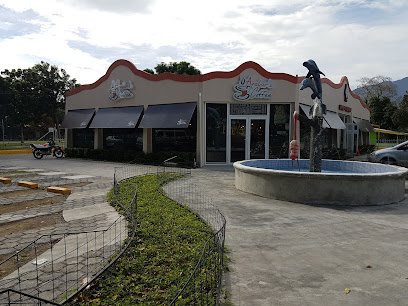
Hotel Las Hamacas
Discover Hotel Las Hamacas in La Ceiba, where tropical beauty meets comfort, offering a perfect getaway for relaxation and adventure in Honduras.
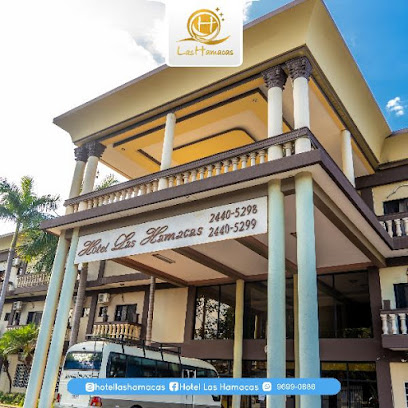
Paseo de los Ceibeños
Experience the lively atmosphere and local culture at Paseo de los Ceibeños, a must-visit tourist attraction in La Ceiba, Honduras.
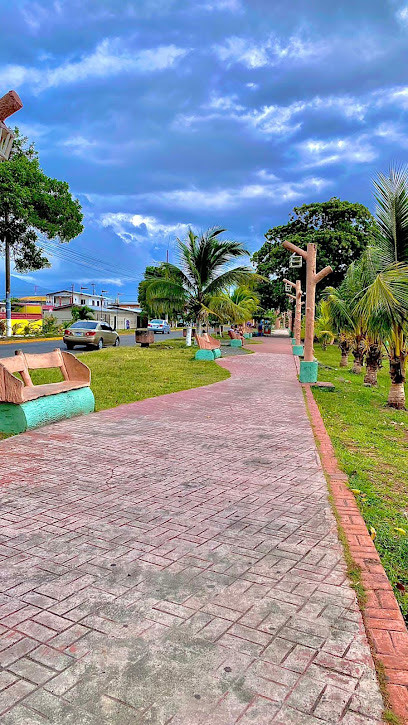
Malecon Guillermo Anderson
Explore Malecon Guillermo Anderson, a beautiful park in La Ceiba, offering stunning sea views, lush landscapes, and a perfect escape for tourists seeking relaxation.
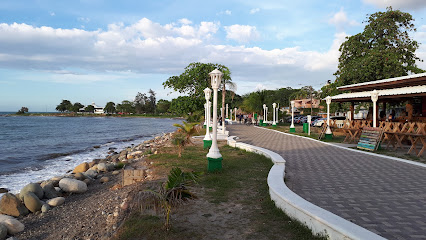
Dream Ferries
Discover the beauty of the Bay Islands with Dream Ferries, the premier ferry service in La Ceiba, Honduras, for unforgettable Caribbean journeys.
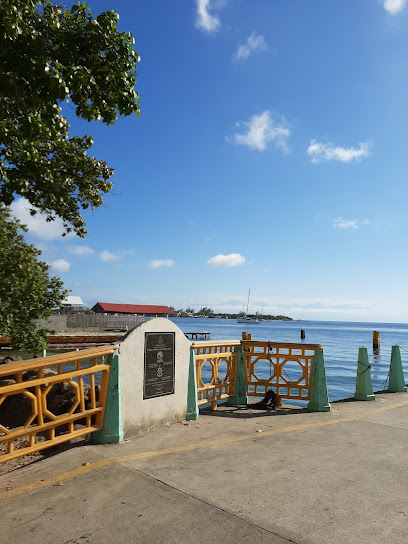
La Casa del Jaguar
Experience the vibrant nightlife at La Casa del Jaguar in La Ceiba, where cocktails, music, and an electric atmosphere await you.
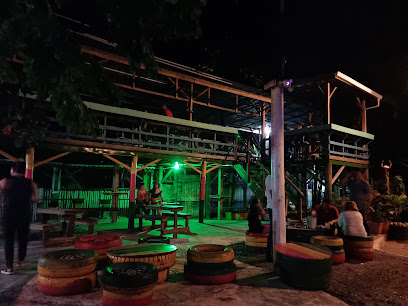
Beer Box La Ceiba
Experience the vibrant nightlife of La Ceiba at Beer Box, where craft beers and a lively atmosphere await every visitor.
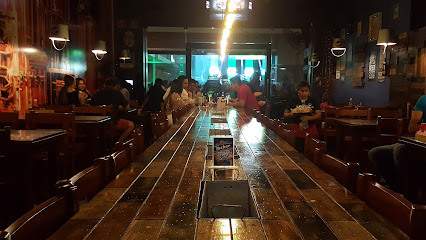
The Lodge & Spa at Pico Bonito
Discover the perfect blend of luxury and nature at The Lodge & Spa at Pico Bonito, nestled in the heart of Honduras' lush jungles.
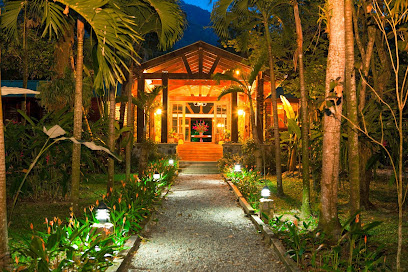
Parque Nacional Pico Bonito
Discover the lush trails and rich biodiversity of Parque Nacional Pico Bonito, a hidden treasure in Honduras perfect for hiking and nature enthusiasts.
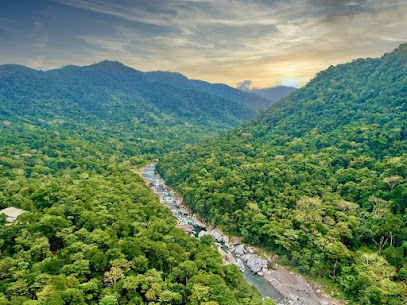
Villas Pico Bonito
Experience the lush beauty and serene comfort of Villas Pico Bonito, your perfect escape in La Ceiba, Honduras, surrounded by nature's wonder.
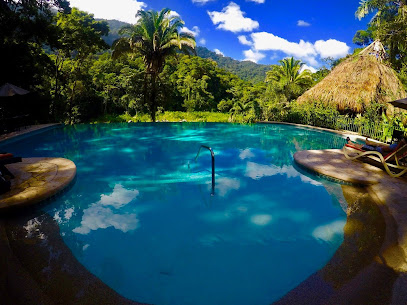
Sushi Totemo La Ceiba
Experience the freshest sushi and vibrant flavors at Sushi Totemo, a must-visit culinary destination in La Ceiba's Mall Uniplaza.
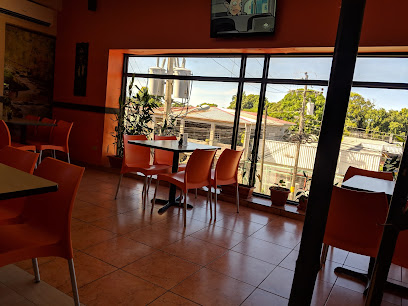
Playa de Perú
Experience the vibrant atmosphere of Playa de Perú, the ultimate beach volleyball destination where fun meets relaxation in the heart of Honduras.

Hotel Versalles
Discover comfort and convenience at Hotel Versalles, the perfect retreat in La Ceiba for exploring the beauty and culture of Honduras.
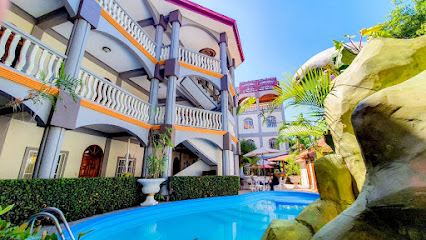
Unmissable attractions to see
Jardín Botánico Lancetilla
Immerse yourself in the tropical beauty of Jardín Botánico Lancetilla, a stunning botanical garden featuring diverse flora and serene landscapes in Tela, Honduras.
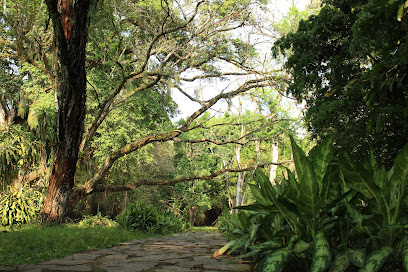
Glenda's Paradise
Experience the natural beauty and cultural richness of Glenda's Paradise in Sambo Creek, a must-visit tourist attraction in Atlántida, Honduras.

Parque Nacional Jeannette Kawas
Explore the breathtaking landscapes and diverse wildlife of Parque Nacional Jeannette Kawas, a must-visit national park in Honduras for eco-tourism enthusiasts.
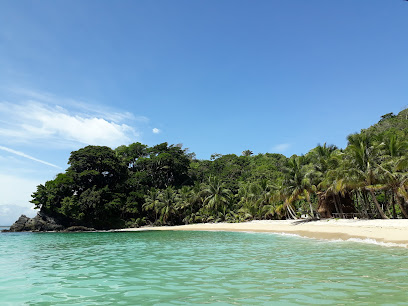
La Moskitia Ecoaventuras
Explore the lush landscapes and vibrant cultures of Honduras at La Moskitia Ecoaventuras, your gateway to unforgettable eco-adventures.
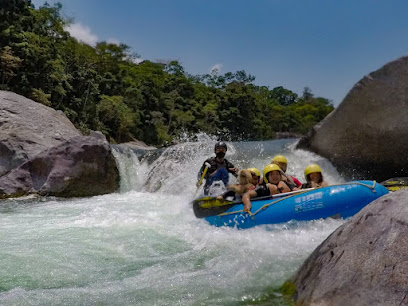
Honduras Tourism Office
Explore the beauty of Honduras with expert guidance from the Honduras Tourism Office in La Ceiba, the gateway to unforgettable adventures.
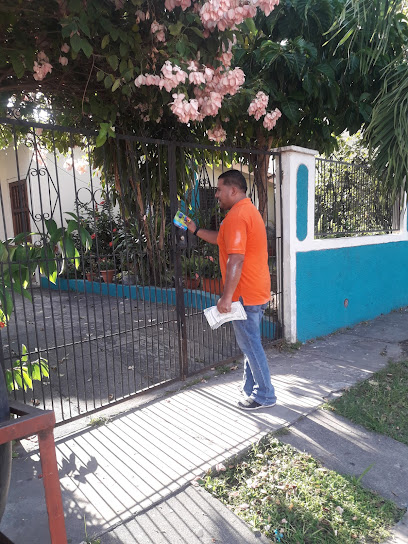
Protected Areas Visitors' Center
Discover the ecological treasures of Utila at the Protected Areas Visitors' Center, a key attraction for nature lovers and adventure seekers.
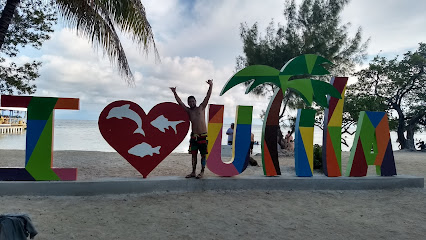
Museo de Entomología del CURLA
Explore the fascinating world of insects at the Museo de Entomología del CURLA in La Ceiba, Honduras, offering a unique educational experience for all ages.

Tourist Options
Discover Cayo Cochinos, a tropical paradise with pristine beaches, vibrant marine life, and rich cultural experiences just off the coast of La Ceiba.
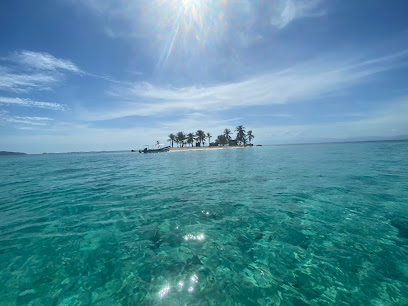
Balneario Mazapán
Experience the stunning beaches and vibrant marine life at Balneario Mazapán, a tropical paradise in La Ceiba, Honduras.
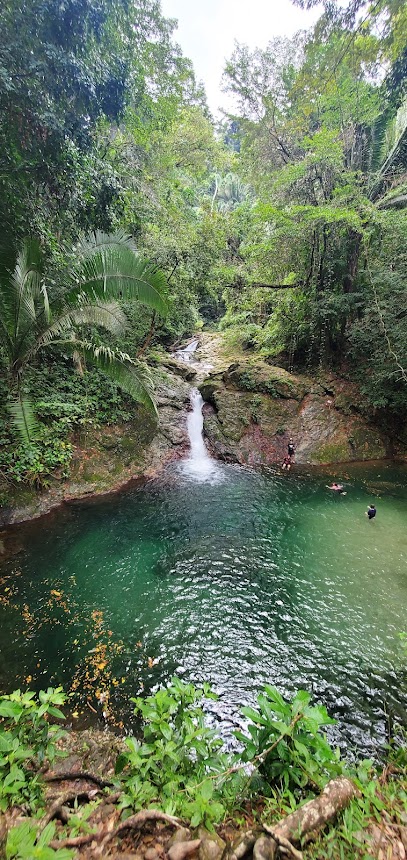
Playa Bonita, Bonitillo La Ceiba
Discover the stunning beauty of Playa Bonita in La Ceiba, where turquoise waters meet golden sands in a tropical paradise that promises unforgettable adventures.
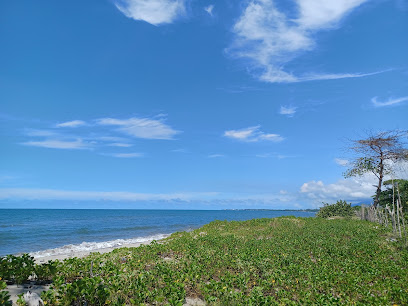
Madison's Adventures
Explore the diverse beauty and adventure at Madison's Adventures, a premier tourist attraction in the Bay Islands of Honduras.
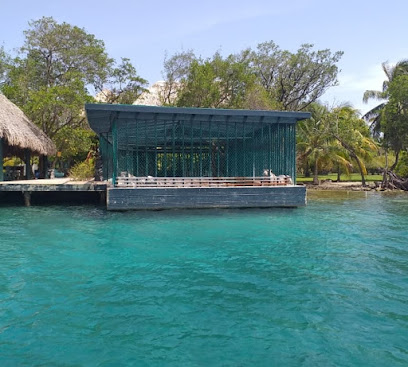
Swinford Park
Discover the tranquility of Swinford Park, a lush green oasis in La Ceiba, perfect for relaxation, picnics, and family outings amidst nature.
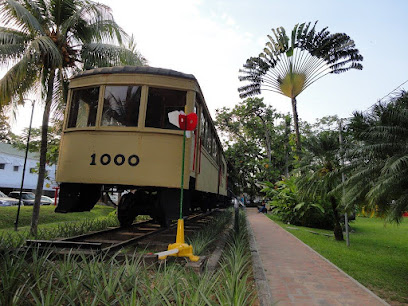
Cayos cochinos Tours La Ceiba
Explore the breathtaking beauty of Cayos Cochinos with unforgettable canoe and kayak tours in La Ceiba, Honduras.
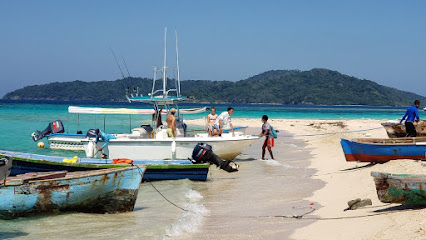
Francisco Morazán Central Pk
Discover the heart of La Ceiba at Francisco Morazán Central Park, a vibrant oasis blending nature, culture, and community.

Essential places to dine
La Palapa
Discover authentic Honduran flavors at La Palapa in La Ceiba – where every meal tells a story.
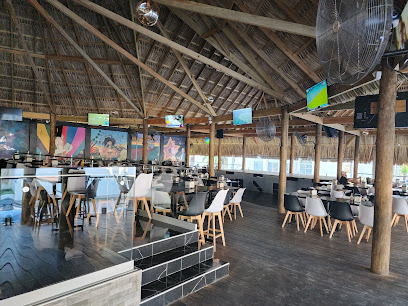
Cric Cric Burger
Experience mouthwatering burgers at Cric Cric Burger along La Ceiba's scenic Malecon – where flavor meets coastal charm.
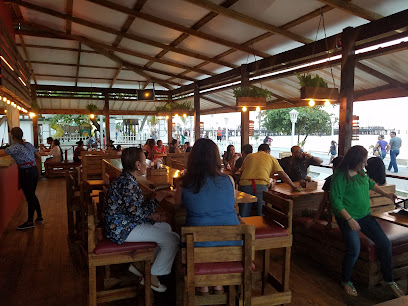
Nichas Burger La Ceiba
Discover Nichas Burger in La Ceiba - A culinary delight offering gourmet burgers crafted from fresh ingredients in a vibrant atmosphere.
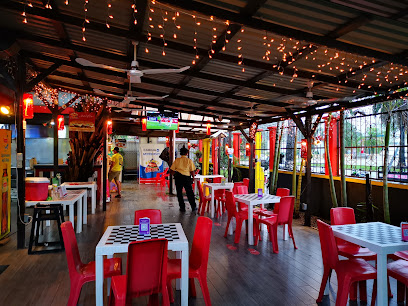
Restaurante Golden Palace
Savor the authentic taste of China at Restaurante Golden Palace in La Ceiba – where culinary excellence meets warm hospitality.
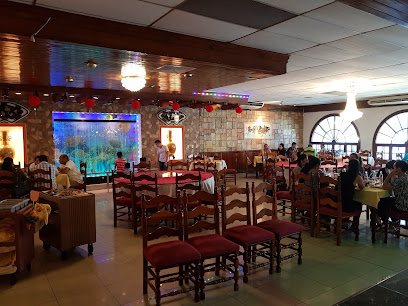
Costa Azul Bar & Grill
Experience authentic Russian cuisine at Costa Azul Bar & Grill in La Ceiba - where tradition meets flavor in every dish.
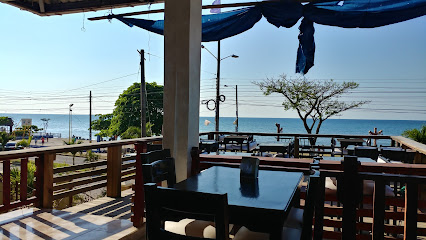
Restaurante TipiKtracho
Experience authentic Honduran cuisine at Restaurante TipiKtracho in La Ceiba - delicious food and warm hospitality await!
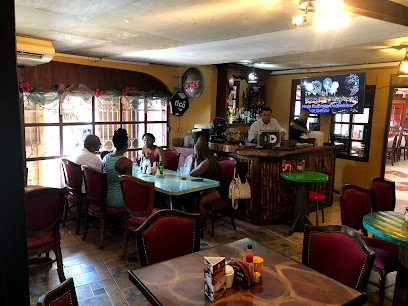
Restaurante Palace
Experience authentic Chinese cuisine at Restaurante Palace in La Ceiba—delicious dishes await you!
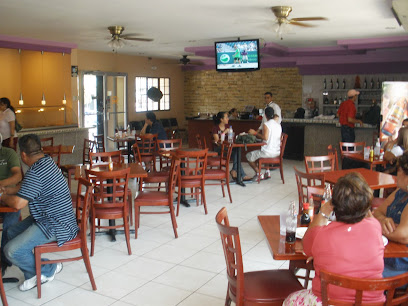
La Hacienda
Experience authentic Honduran flavors at La Hacienda in La Ceiba - where every meal is a celebration of local culinary traditions.
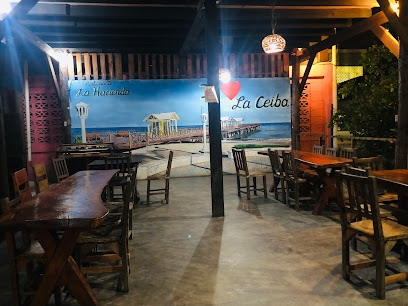
Las Carnitas Ceibeñas
Experience authentic Honduran cuisine at Las Carnitas Ceibeñas in La Ceiba, renowned for its flavorful carnitas and welcoming atmosphere.
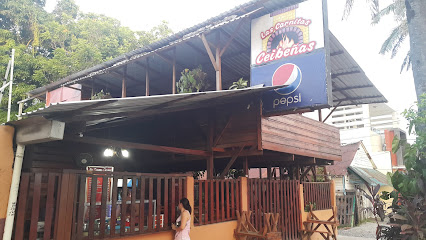
Restaurante La Vela
Experience authentic Honduran cuisine at Restaurante La Vela in La Ceiba—delicious dishes made from fresh local ingredients await you.
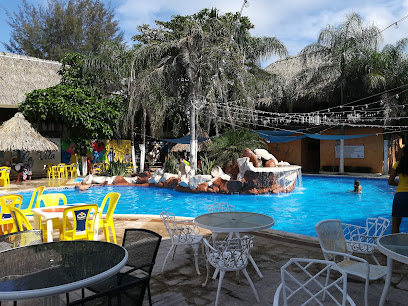
Sebas Restaurant
Experience authentic Honduran flavors at Sebas Restaurant in La Ceiba, where every dish tells a story of tradition and taste.
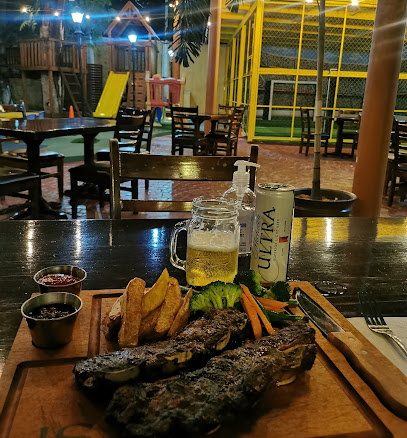
Restaurante La Ponderosa
Experience authentic Honduran cuisine at Restaurante La Ponderosa in La Ceiba—where delicious food meets vibrant culture.
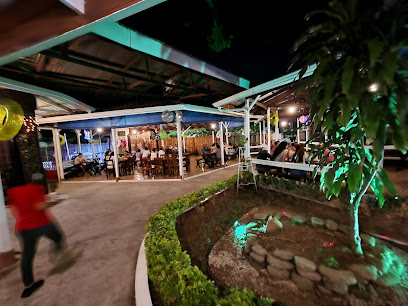
Sushi Totemo La Ceiba
Discover the exquisite taste of Japan at Sushi Totemo La Ceiba – where fresh ingredients meet masterful sushi craftsmanship.
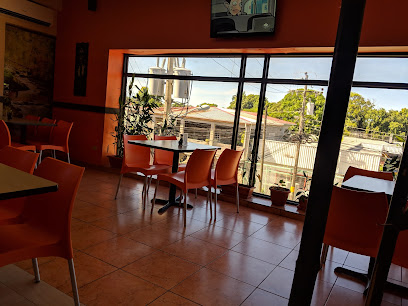
La Casa de las Parrilladas
Discover authentic Honduran cuisine at La Casa de las Parrilladas - a grill lover's paradise in La Ceiba's vibrant dining scene.
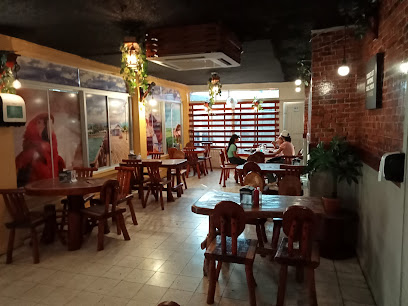
Restaurante Las Hamacas
Experience authentic Honduran cuisine at Restaurante Las Hamacas in La Ceiba – where flavor meets tradition in a vibrant setting.

Markets, malls and hidden boutiques
Mall Megaplaza La Ceiba
Explore Mall Megaplaza La Ceiba, the ultimate shopping destination in Honduras, featuring diverse shops, dining, and entertainment options for every traveler.

DIUNSA
Explore the best of La Ceiba at DIUNSA, your ultimate shopping destination offering a wide range of products and local treasures.

Megapaca
Discover unique thrift finds at Megapaca, La Ceiba's premier used clothing store, where sustainable shopping meets vibrant local culture.
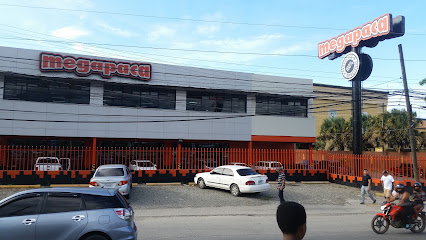
Tiendas Carrion Mall Megaplaza
Experience the vibrant shopping at Tiendas Carrion Mall Megaplaza in La Ceiba, where local culture meets modern retail.

Almacenes Xtra
Explore Almacenes Xtra in La Ceiba for a diverse range of home goods, stylish decor, and unique souvenirs that capture the essence of Honduras.
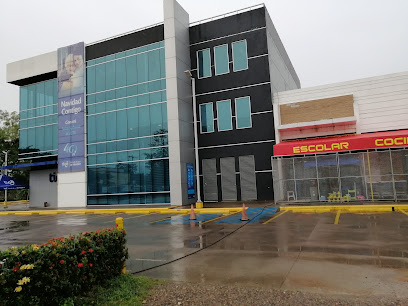
DeTodo
Explore DeTodo in La Ceiba: A vibrant home goods store showcasing unique Honduran craftsmanship and decor.
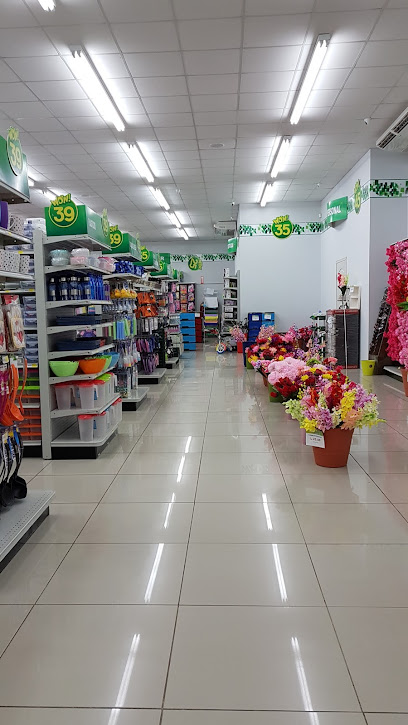
Souvenir El Buen Amigo
Discover authentic Honduran crafts at Souvenir El Buen Amigo in La Ceiba, a shopping haven for unique and culturally rich souvenirs.
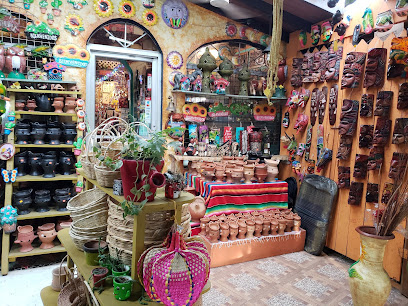
La Curacao • Megaplaza La Ceiba
Discover La Curacao in Megaplaza La Ceiba for quality appliances, stylish furniture, and home goods, all in a vibrant shopping atmosphere.
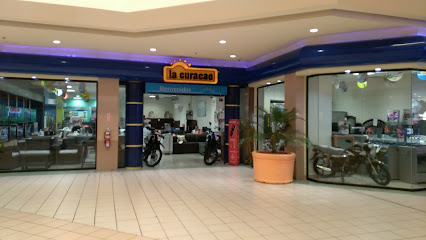
Lady Lee • Megaplaza La Ceiba
Explore unique home goods at Lady Lee in Megaplaza La Ceiba, where local flair meets quality craftsmanship for all your decorating needs.
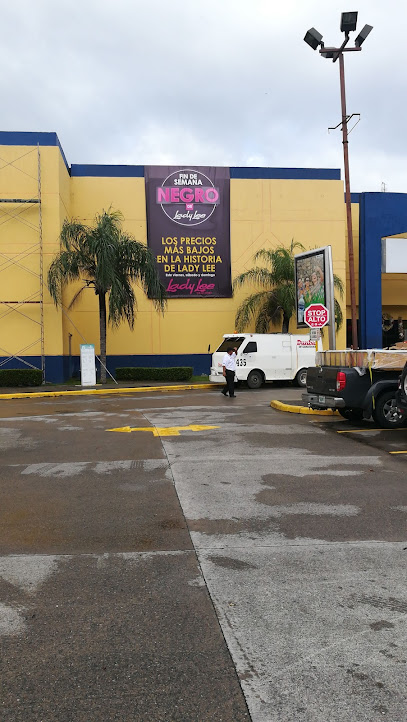
Sportline • Megaplaza La Ceiba
Discover quality sporting goods at Sportline in La Ceiba's Megaplaza – your essential stop for all outdoor adventures.
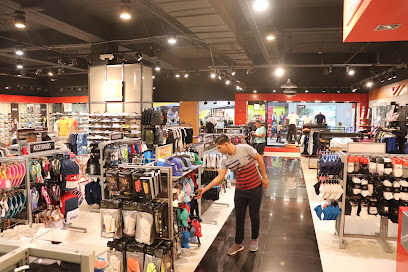
Novias Y Tuxedos Kamila
Explore Novias Y Tuxedos Kamila in La Ceiba for exquisite wedding and formal attire that guarantees elegance on your special day.
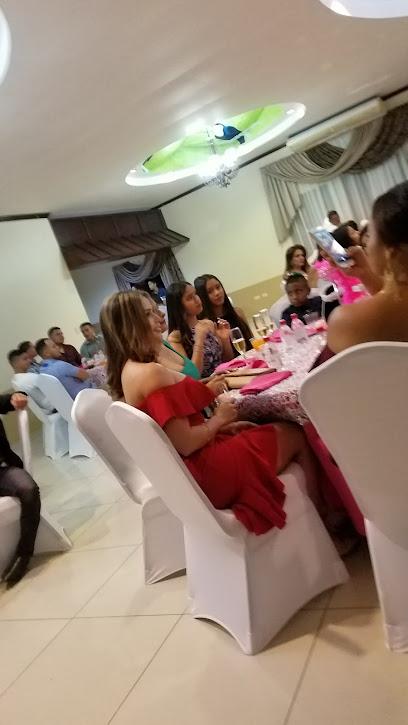
Kwik Stop | Smoke & Vape Shop | La Ceiba
Explore the best selection of vaporizers and accessories at Kwik Stop, La Ceiba's top destination for vaping enthusiasts.
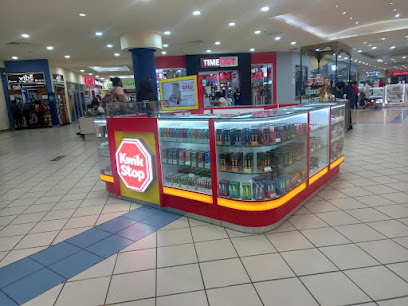
El Palacio de los Niños • Megaplaza La Ceiba
Discover a vibrant shopping haven for children’s fashion at El Palacio de los Niños in Megaplaza La Ceiba, perfect for stylish young wardrobes.
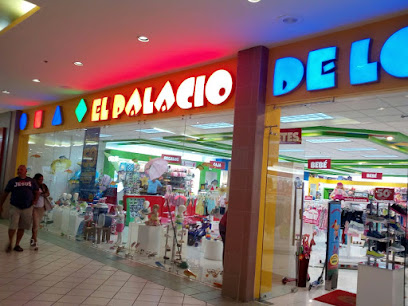
Miscelaneas Lucy
Discover a diverse range of clothing and unique souvenirs at Miscelaneas Lucy, a must-visit shopping destination in La Ceiba, Honduras.
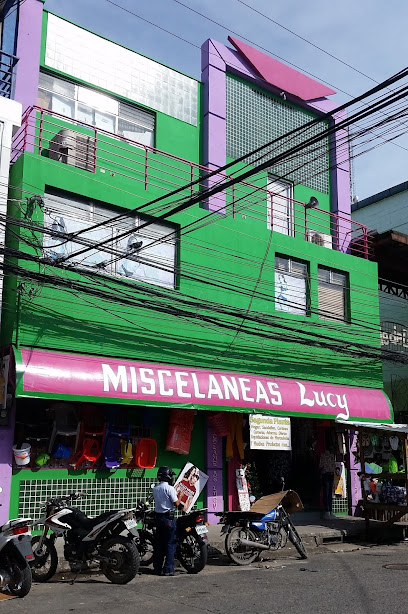
C&O Joyas
Discover unique handcrafted jewelry at C&O Joyas in La Ceiba, where local artistry meets vibrant design for the perfect souvenir.
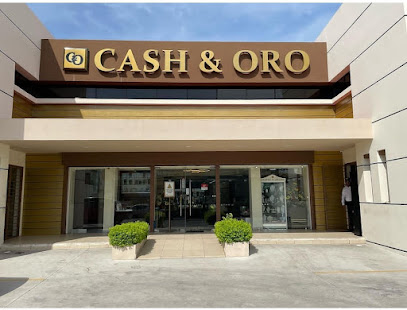
Essential bars & hidden hideouts
La Casa del Jaguar
Discover La Casa del Jaguar, a vibrant bar in La Ceiba offering local drinks and a lively atmosphere for an unforgettable night out.
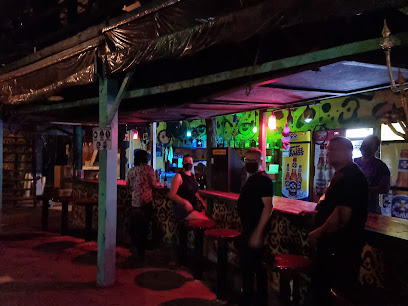
Costa Azul Bar & Grill
Experience authentic Russian cuisine at Costa Azul Bar & Grill in La Ceiba, a perfect blend of flavors and culture in a vibrant setting.
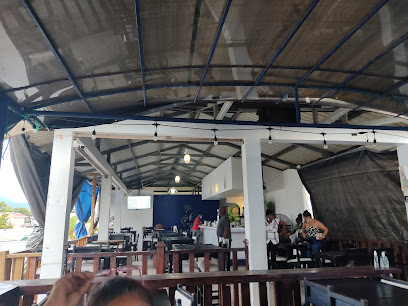
Beer Box La Ceiba
Discover a vibrant craft beer haven in La Ceiba, where local flavors meet a lively atmosphere for an unforgettable experience.
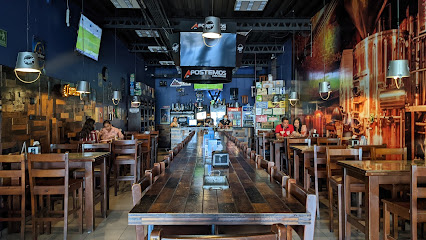
Sebas Restaurant
Experience authentic Honduran cuisine at Sebas Restaurant in La Ceiba, where local flavors and welcoming ambiance create memorable dining moments.
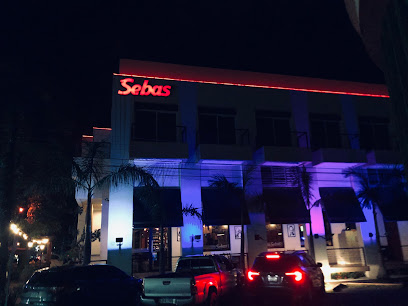
The Garage Cafe
Experience the vibrant flavors of La Ceiba at The Garage Cafe, where local ingredients meet culinary creativity in a warm and welcoming atmosphere.
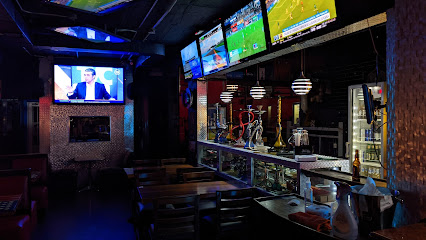
Luxor Lounge & Bar
Experience the vibrant nightlife of La Ceiba at Luxor Lounge & Bar, where lively atmosphere meets delicious drinks and unforgettable entertainment.
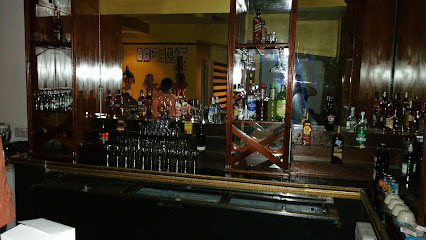
Colibrí
Discover the flavors of La Ceiba at Colibrí, a top-rated grill restaurant offering delicious local and international dishes in a vibrant setting.
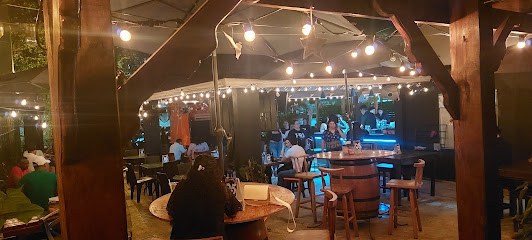
Mata de Chata
Experience the lively atmosphere of Mata de Chata, a top bar in La Ceiba, where delicious drinks and good vibes await every visitor.
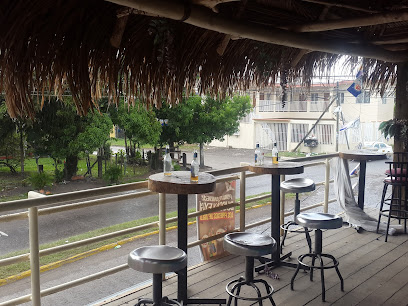
SOPRANOS BAR 0101
Experience the vibrant nightlife at Sopranos Bar 0101 in La Ceiba, where great drinks and local culture come together in a lively atmosphere.
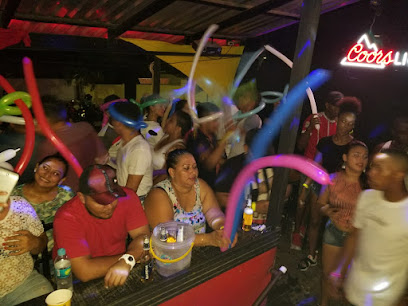
Santo Domingo
Discover the culinary delights of Santo Domingo in La Ceiba, where authentic Honduran flavors meet a vibrant atmosphere.
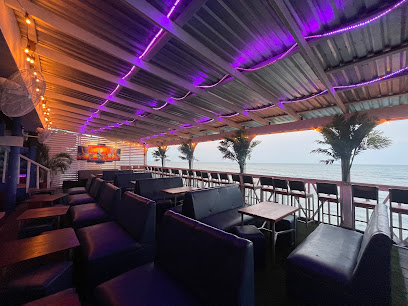
Atlantis Bar & Piscina
Discover the perfect blend of relaxation and vibrant nightlife at Atlantis Bar & Piscina, La Ceiba's premier poolside retreat.

La Zona Beer Garden
Experience the vibrant nightlife of La Ceiba at La Zona Beer Garden, where local brews and a lively atmosphere await every visitor.
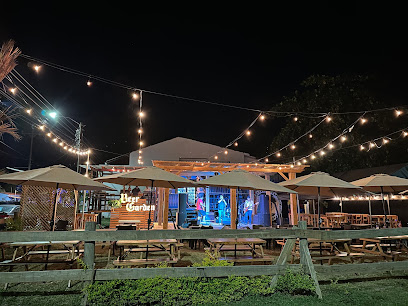
Mojito Bistro
Experience the vibrant nightlife of La Ceiba at Mojito Bistro, where refreshing mojitos and live music create an unforgettable atmosphere.
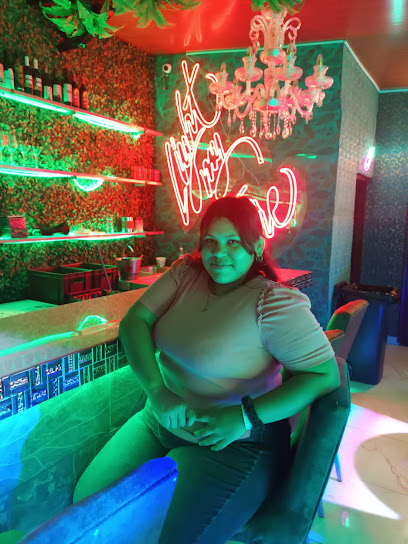
Ahari GastroBar
Experience La Ceiba's vibrant culinary scene at Ahari GastroBar, where local flavors meet international flair in a lively atmosphere.

Barrachos Bar & Wings
Experience the vibrant atmosphere and mouthwatering wings at Barrachos Bar & Wings, La Ceiba's top grill destination for tourists.
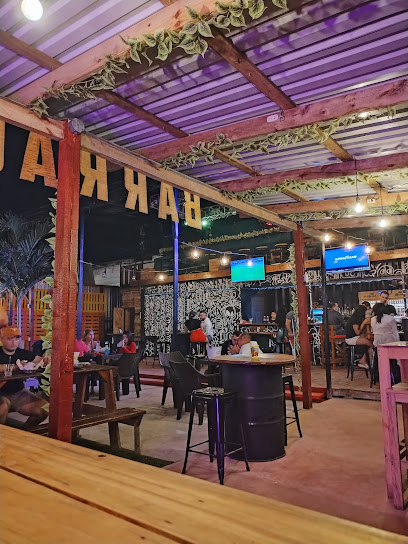
Local Phrases
-
- HelloHola
[oh-lah] - GoodbyeAdiós
[ah-dee-ohs] - YesSí
[see] - NoNo
[noh] - Please/You're welcomePor favor/De nada
[por fah-vor/deh nah-dah] - Thank youGracias
[grah-see-ahs] - Excuse me/SorryDisculpe/Perdón
[dees-kool-peh/pehr-dohn] - How are you?¿Cómo estás?
[koh-moh ehs-tahs] - Fine. And you?Bien. ¿Y tú?
[byen. ee too] - Do you speak English?¿Hablas inglés?
[ah-blahs een-glehs] - I don't understandNo entiendo
[noh ehn-tee-ehn-doh]
- HelloHola
-
- I'd like to see the menu, pleaseMe gustaría ver el menú, por favor
[meh goos-tah-ree-ah behr ehl meh-noo, por fah-vor] - I don't eat meatNo como carne
[noh koh-moh kahr-neh] - Cheers!¡Salud!
[sah-lood] - I would like to pay, pleaseMe gustaría pagar, por favor
[meh goos-tah-ree-ah pah-gahr, por fah-vor]
- I'd like to see the menu, pleaseMe gustaría ver el menú, por favor
-
- Help!¡Ayuda!
[ah-yoo-dah] - Go away!¡Vete!
[veh-teh] - Call the Police!¡Llama a la Policía!
[yah-mah ah lah poh-lee-see-ah] - Call a doctor!¡Llama a un doctor!
[yah-mah ah oon dohk-tohr] - I'm lostEstoy perdido
[eh-stoy pehr-dee-doh] - I'm illEstoy enfermo
[eh-stoy ehn-fehr-moh]
- Help!¡Ayuda!
-
- I'd like to buy...Me gustaría comprar...
[meh goos-tah-ree-ah kohm-prahr] - I'm just lookingSolo estoy mirando
[soh-loh ehs-toy mee-rahn-doh] - How much is it?¿Cuánto cuesta?
[kwan-toh kwehs-tah] - That's too expensiveEso es demasiado caro
[eh-soh ehs deh-mah-see-ah-doh kah-roh] - Can you lower the price?¿Puede bajar el precio?
[pweh-deh bah-hahr ehl pree-see-oh]
- I'd like to buy...Me gustaría comprar...
-
- What time is it?¿Qué hora es?
[keh oh-rah ehs] - It's one o'clockEs la una en punto
[ehs lah oo-nah ehn poon-toh] - Half past (10)Y media (10)
[ee meh-dee-ah (dheez)] - MorningMañana
[mah-nyah-nah] - AfternoonTarde
[tahr-deh] - EveningNoche
[noh-cheh] - YesterdayAyer
[ah-yehr] - TodayHoy
[oy] - TomorrowMañana
[mah-nyah-nah] - 1Uno
[oo-noh] - 2Dos
[dohs] - 3Tres
[trehs] - 4Cuatro
[kwah-troh] - 5Cinco
[seen-koh] - 6Seis
[seys] - 7Siete
[syeh-teh] - 8Ocho
[oh-choh] - 9Nueve
[nweh-veh] - 10Diez
[dyehs]
- What time is it?¿Qué hora es?
-
- Where's a/the...?¿Dónde está el/la...?
[dohn-deh ehs-tah ehl/lah] - What's the address?¿Cuál es la dirección?
[kwal ehs lah dee-rehk-syohn] - Can you show me (on the map)?¿Puedes mostrarme (en el mapa)?
[pweh-dehs mohs-trar-meh (ehn ehl mah-pah)] - When's the next (bus)?¿Cuándo es el próximo (autobús)?
[kwan-doh ehs ehl proh-ksee-moh (ow-toh-boos)] - A ticket (to ....)Un boleto (para ....)
[oon boh-leh-toh (pah-rah)]
- Where's a/the...?¿Dónde está el/la...?
History of La Ceiba
-
La Ceiba, located on the northern coast of Honduras, was established in 1877. The city's name derives from the giant Ceiba tree that once stood in the central park. Initially, La Ceiba was a small village, but its strategic coastal location and fertile lands quickly attracted settlers.
-
The late 19th and early 20th centuries saw La Ceiba flourish due to the banana trade. American fruit companies, such as the United Fruit Company, established plantations and infrastructure in the region. This period of economic growth brought significant development to La Ceiba, transforming it into an important commercial hub.
-
The construction of the railroad in the early 20th century was a pivotal moment for La Ceiba. The railroad connected the city with inland regions and other coastal cities, facilitating the transportation of goods and bolstering the local economy. The infrastructure development attracted workers and contributed to urban expansion.
-
La Ceiba's growth as a port city attracted a diverse population, including Afro-Caribbean, Garifuna, and mestizo communities. This blend of cultures is evident in the city's vibrant music, dance, and culinary traditions. The Garifuna culture, in particular, has a strong presence in La Ceiba, celebrated through traditional drumming, dancing, and the Punta music genre.
-
One of the most significant cultural events in La Ceiba is its annual Carnival, held in May. This week-long celebration is one of the largest and most famous in Central America, featuring parades, music, dancing, and traditional food. The Carnival reflects the city's rich cultural heritage and attracts thousands of visitors each year.
-
In recent decades, La Ceiba has continued to grow and modernize. The city is now known for its eco-tourism, with nearby natural attractions such as Pico Bonito National Park and the Cuero y Salado Wildlife Refuge. La Ceiba's port remains a critical part of its economy, while tourism has become increasingly important.
La Ceiba Essentials
-
La Ceiba is accessible through Golosón International Airport (LCE), which is located about 8 kilometers from the city center. Several domestic and international flights operate to and from this airport. Alternatively, you can reach La Ceiba by bus from major cities like San Pedro Sula or Tegucigalpa, which takes approximately 3-4 hours. Another option is traveling by ferry from the nearby Bay Islands, such as Roatán and Utila.
-
Within La Ceiba, taxis are the most common form of transportation and are relatively affordable. Ensure to agree on a fare before starting your journey. Public buses and minibuses (locally known as 'rapiditos') are also available, connecting various parts of the city and nearby towns. For a more scenic experience, consider renting a bicycle or walking, especially in the downtown area.
-
The official currency of Honduras is the Honduran Lempira (HNL). Credit cards are widely accepted in hotels, restaurants, and larger stores, but it is advisable to carry cash for small purchases and in more rural areas. ATMs are readily available in La Ceiba, particularly in shopping centers and banks. It’s wise to notify your bank about your travel plans to avoid any issues with card usage.
-
La Ceiba is generally safe for tourists, but it is important to stay vigilant. Avoid walking alone at night, especially in unfamiliar areas. The neighborhoods of Colonia El Confite and Barrio Ingles have higher crime rates and should be avoided after dark. Always keep an eye on your belongings in crowded places, and avoid displaying expensive items. Use hotel safes to store valuables.
-
In case of an emergency, dial 911 for police, fire, or medical assistance. The main hospital in La Ceiba is Hospital Atlantida, which provides emergency medical care. Pharmacies are also available for minor health issues. It is recommended to have travel insurance that covers medical emergencies. The U.S. Embassy in Tegucigalpa can be contacted for further assistance if you are an American citizen.
-
Fashion: Do dress modestly, especially when visiting religious sites. Avoid wearing overly revealing clothing. Religion: Do respect local customs, and when visiting churches, dress conservatively. Public Transport: Do be polite and considerate to fellow passengers. Don’t play loud music or eat on public transport. Greetings: Do greet people with a friendly handshake. Don’t forget to say 'Buenos días' (Good morning) or 'Buenas tardes' (Good afternoon). Eating & Drinking: Do try local dishes and beverages. Don't refuse food or drink offerings, as it is considered impolite.
-
To experience La Ceiba like a local, visit the Municipal Market where you can find fresh produce and local crafts. Participate in the city’s lively nightlife, especially during the annual La Ceiba Carnival, which is the largest in Central America. Engage with locals, who are often friendly and eager to share their culture. Don’t miss exploring the nearby Pico Bonito National Park for hiking and wildlife spotting.
Trending Landmark in La Ceiba
-
Muelle Turistico Reynaldo Canales
-
UNIPLAZA
-
Avelar's Coffee
-
Hotel Las Hamacas
-
Paseo de los Ceibeños
-
Malecon Guillermo Anderson
-
Dream Ferries
-
La Casa del Jaguar
-
Beer Box La Ceiba
-
The Lodge & Spa at Pico Bonito
-
Parque Nacional Pico Bonito
-
Villas Pico Bonito
-
Sushi Totemo La Ceiba
-
Playa de Perú
-
Hotel Versalles
Nearby Cities to La Ceiba
-
Things To Do in Utila
-
Things To Do in Roatán
-
Things To Do in Puerto Cortés
-
Things To Do in San Pedro Sula
-
Things To Do in Placencia
-
Things To Do in Puerto Barrios
-
Things To Do in Tegucigalpa
-
Things To Do in Hopkins
-
Things To Do in Dangriga
-
Things To Do in Livingston
-
Things To Do in Punta Gorda
-
Things To Do in Rio Dulce
-
Things To Do in Gracias
-
Things To Do in Santa Rosa de Copán
-
Things To Do in Belize City







